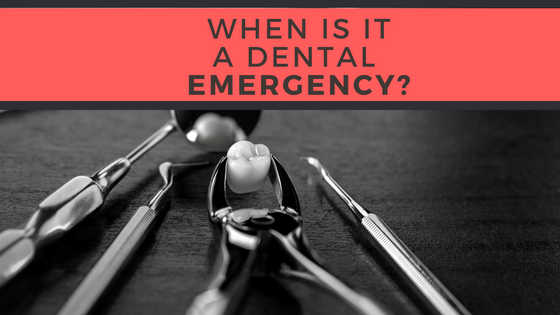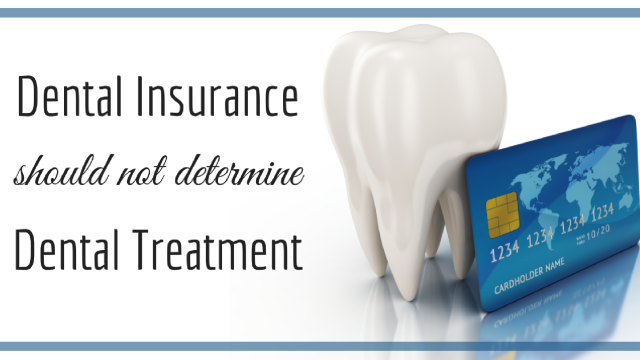
With the vast advancements in the dental field this last decade, it may be surprising to learn that untreated cavities are still a prevalent and persistent issue for many people in the United States. More than one in five Americans has untreated cavities and periodontitis, according to Dr. Bruce Dye, an epidemiologist at the U.S. Center for Disease Control and Prevention. “It appears that we haven’t been able to make any significant strides during the last decade to reduce untreated cavities” (Dye). This is in part attributed to economic conditions. With more Americans relying on Medicaid, most states have eliminated dental benefits in order to ease strain on stressed budgets.
The good news is that Medicaid and the Children’s Health Insurance Program (CHIP) provide dental coverage for disadvantaged children, reducing the rates of children needing urgent dental care. Some studies have even suggested that American children are getting the same general level of dental care, regardless of income. The report found that rates of cavities were similar across all age groups, with teens having the lowest rates. Among children aged 5-11, 20% had untreated cavities, compared to 13% of those aged 12-19. Among children and teens, 27% had at least one dental sealant. (Everyday Health)
 While comprehensive dental coverage is an undeniably large factor in the prevention and treatment of gum disease and cavities, you can lower your odds of developing dental issues through healthy lifestyle choices. Practicing good dental hygiene by regularly brushing and flossing is essential. Cutting back on sugary drinks and unhealthy snacks that feed the bacteria that lead to tooth decay is another controllable element in cavity prevention. Regular dental visits are also paramount. When problems are identified and treated early, it prevents the necessity for more costly and invasive procedures. If you are experiencing sensitivity or pain, schedule an appointment today.
While comprehensive dental coverage is an undeniably large factor in the prevention and treatment of gum disease and cavities, you can lower your odds of developing dental issues through healthy lifestyle choices. Practicing good dental hygiene by regularly brushing and flossing is essential. Cutting back on sugary drinks and unhealthy snacks that feed the bacteria that lead to tooth decay is another controllable element in cavity prevention. Regular dental visits are also paramount. When problems are identified and treated early, it prevents the necessity for more costly and invasive procedures. If you are experiencing sensitivity or pain, schedule an appointment today.
Financial District Dental Care – Dr. Raymond Hahn
financialdistrictdental.com
133 Kearny St #204
San Francisco, CA 94104
(415) 433-1970
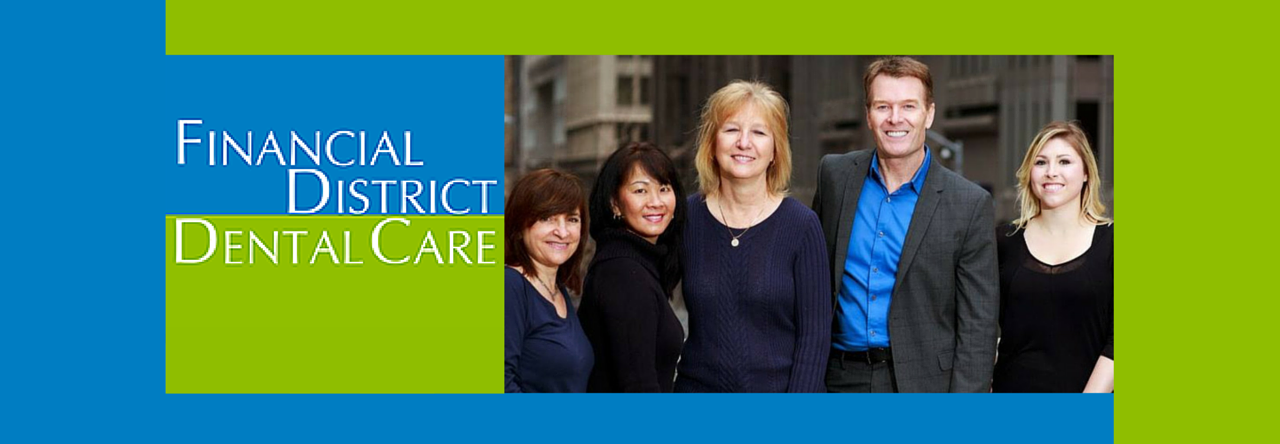
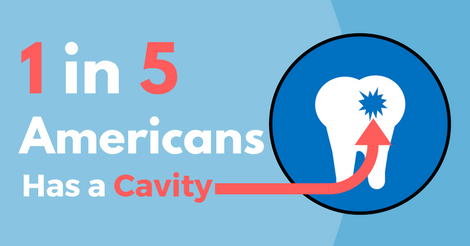
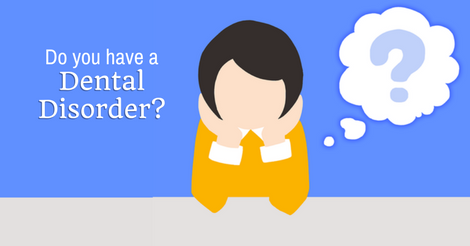
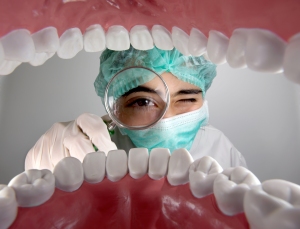 A dental disorder is a disruption of your body’s natural process relating to your oral health. Despite its origins, it is important to understand symptoms may be experienced elsewhere in the body. For this reason, many suffer from ailments they don’t consider relevant to tell their dentist. However, as we are a medical provider we encourage you to share things that may not seem related – you never know! Here are a few to keep on the lookout, so you can better identify signs should something be amiss.
A dental disorder is a disruption of your body’s natural process relating to your oral health. Despite its origins, it is important to understand symptoms may be experienced elsewhere in the body. For this reason, many suffer from ailments they don’t consider relevant to tell their dentist. However, as we are a medical provider we encourage you to share things that may not seem related – you never know! Here are a few to keep on the lookout, so you can better identify signs should something be amiss.

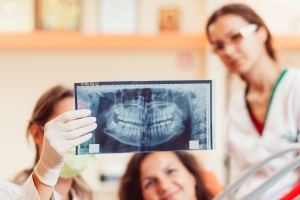 X-rays are an essential tool in the dental community (and medical community at large) as they provide valuable insights that we would not otherwise be able to access with visual inspection alone. Our team, with the help of x-rays, is able to see between, inside, and under your teeth. In doing so, we have the ability to check a variety of important health factors. This includes the presence of cavities, the health of your tooth roots, the bone structure surrounding the tooth, the status of developing teeth, the health of your jaw bone, and many more conditions that we would not otherwise be able to monitor.
X-rays are an essential tool in the dental community (and medical community at large) as they provide valuable insights that we would not otherwise be able to access with visual inspection alone. Our team, with the help of x-rays, is able to see between, inside, and under your teeth. In doing so, we have the ability to check a variety of important health factors. This includes the presence of cavities, the health of your tooth roots, the bone structure surrounding the tooth, the status of developing teeth, the health of your jaw bone, and many more conditions that we would not otherwise be able to monitor.  Radiography technology has come a long way, and your exposure to radiation is negligible amounts in terms of risk – in fact, the risk you assume by forgoing x-rays can create long-term damage that could otherwise have been identified and treated. We understand some patients have concerns about radiation exposure, and it’s important to understand we are all consistently exposed to radiation each and every day. It’s high levels of exposure that are the true cause for concern. Our x-ray machines operate on a micro-scale that simply don’t compare. We assure you receiving x-rays is one of the single most beneficial processes capable of saving your health by identifying small problems before they progress into serious conditions.
Radiography technology has come a long way, and your exposure to radiation is negligible amounts in terms of risk – in fact, the risk you assume by forgoing x-rays can create long-term damage that could otherwise have been identified and treated. We understand some patients have concerns about radiation exposure, and it’s important to understand we are all consistently exposed to radiation each and every day. It’s high levels of exposure that are the true cause for concern. Our x-ray machines operate on a micro-scale that simply don’t compare. We assure you receiving x-rays is one of the single most beneficial processes capable of saving your health by identifying small problems before they progress into serious conditions.
 We’ve probably all known someone with bad breath. It can be uncomfortable to engage in discussion with someone whose breath smells downright foul. It’s also a sensitive topic to broach, as well as being a very common concern – after all, each year Americans spend an estimated $3 billion dollars on breath freshening products.
We’ve probably all known someone with bad breath. It can be uncomfortable to engage in discussion with someone whose breath smells downright foul. It’s also a sensitive topic to broach, as well as being a very common concern – after all, each year Americans spend an estimated $3 billion dollars on breath freshening products.  When it comes to solutions, anything not addressing the presence of bacteria is a purely cosmetic fix. This includes gum, mints, and similar – sorry! The solutions very much depend on the specific source, and may be as easy as improving your general oral hygiene routine, or it could require a deep cleaning by a dental professional. A more serious cause, and subsequent solution, may be decay present in the mouth that requires removal. No matter the case, vigilant oral care will always be helpful in terms of avoiding unpleasant breath!
When it comes to solutions, anything not addressing the presence of bacteria is a purely cosmetic fix. This includes gum, mints, and similar – sorry! The solutions very much depend on the specific source, and may be as easy as improving your general oral hygiene routine, or it could require a deep cleaning by a dental professional. A more serious cause, and subsequent solution, may be decay present in the mouth that requires removal. No matter the case, vigilant oral care will always be helpful in terms of avoiding unpleasant breath!
 The holidays are infamous for being diet-breakers, but let’s not forget the effect excessive sweets can have on your oral health! Don’t worry, we aren’t going to convince you to pass on pecan pie or skip the cider; however, it is important to continue practicing healthy habits, even with some well-deserved indulgences peppered into your seasonal celebrations. Sugar affects everyone’s teeth, no matter how old. Younger children’s smiles are still in the process of development, which means they need added care throughout the growing stages.
The holidays are infamous for being diet-breakers, but let’s not forget the effect excessive sweets can have on your oral health! Don’t worry, we aren’t going to convince you to pass on pecan pie or skip the cider; however, it is important to continue practicing healthy habits, even with some well-deserved indulgences peppered into your seasonal celebrations. Sugar affects everyone’s teeth, no matter how old. Younger children’s smiles are still in the process of development, which means they need added care throughout the growing stages. When teeth are still in development, the story can be a bit different. The above still applies, but the stakes are higher during the formative years of cutting teeth. It isn’t uncommon to hear “oh, they’re just baby teeth”, but that couldn’t be farther from the truth. Child tooth decay is a rampant condition and, although completely preventable, is five times as common as asthma. It’s entirely possible for the infection to spread beneath the gum line, and compromise the healthy adult teeth growing below. Until children are a certain age, it’s imperative for parents to teach sustainable healthy habits. Fortunately, we have a tip or two for the whole family!
When teeth are still in development, the story can be a bit different. The above still applies, but the stakes are higher during the formative years of cutting teeth. It isn’t uncommon to hear “oh, they’re just baby teeth”, but that couldn’t be farther from the truth. Child tooth decay is a rampant condition and, although completely preventable, is five times as common as asthma. It’s entirely possible for the infection to spread beneath the gum line, and compromise the healthy adult teeth growing below. Until children are a certain age, it’s imperative for parents to teach sustainable healthy habits. Fortunately, we have a tip or two for the whole family!